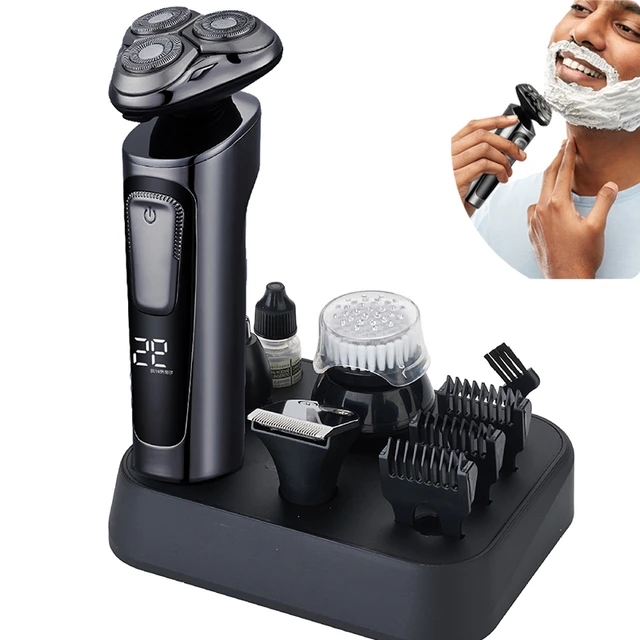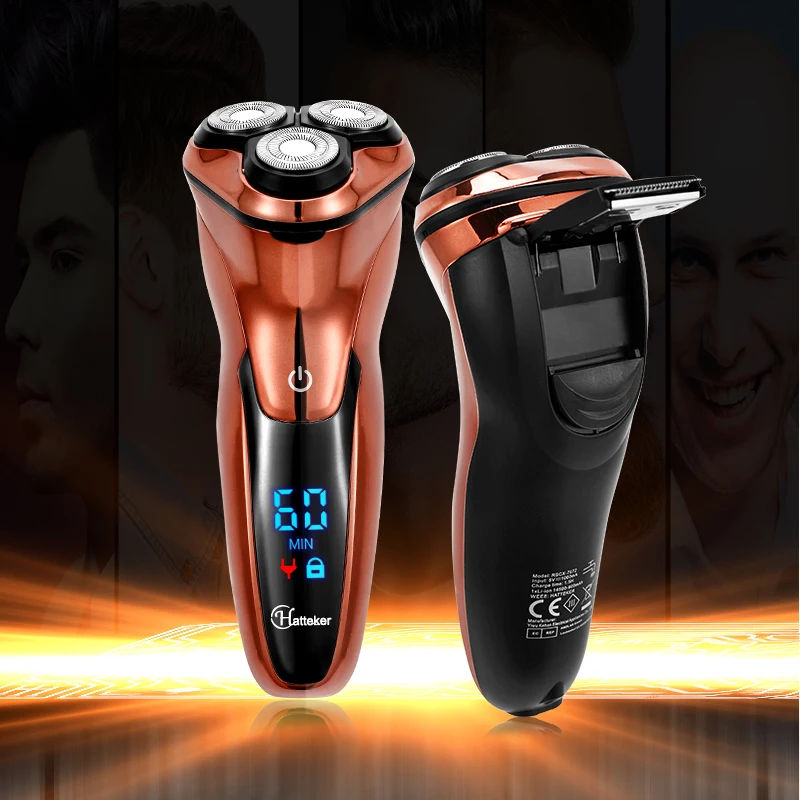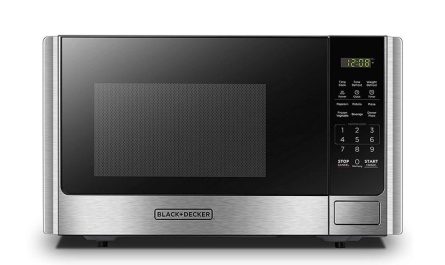Shaving is an integral part of many people’s grooming routines, and the choice between a traditional razor and an electric shaver can significantly impact both the experience and the results. Understanding the benefits and drawbacks of each option is vital for making an informed decision. In this article, we will delve deep into the razor shave vs electric shaver debate and examine their various aspects, including preparation, technique, convenience, skin care, cost, and personal preferences.
Understanding the Basics of Shaving
Before diving into the razor shave vs electric shaver discussion, it’s essential to understand what each method entails.
Razor Shave
A traditional razor shave typically involves the use of either a safety razor, straight razor, or disposable razors, paired with shaving cream or gel. This method has been used for centuries and is often associated with a closer shave, giving users a polished, smooth finish.
Electric Shaver
Electric shavers, on the other hand, use either foil or rotary technology to cut hair. Designed for convenience, they allow for quick shaving without the need for shaving creams or gels. Electric shavers are popular among people looking for a fast and efficient alternative to traditional razors.
Preparation: Setting the Stage for Shaving
The preparation phase is essential in both methods, as it can significantly affect the outcome and comfort of shaving.
Preparing for Razor Shaving
- Cleansing the Skin: Before starting, it’s crucial to cleanse the skin to remove dirt and excess oil. This can help prevent irritation.
- Hydration: Warm water is ideal when preparing for a razor shave. It opens the pores and softens the hair, making it easier to cut. Some may opt for a hot towel treatment to further prep the skin.
- Application of Shaving Cream: Applying a quality shaving cream or gel is vital for a smooth shave. It helps the blade glide over the skin and provides a cushion against irritation.
- Choosing the Right Razor: Selecting the right type of razor is crucial. Safety razors may offer a more forgiving shave for beginners, while experienced shavers might prefer straight razors for their sharpness and versatility.
Preparing for Electric Shaving
- Cleansing: Similar to the razor shave, cleansing the skin is essential to remove dirt, which could affect the shaver’s performance.
- Dry vs. Wet: Many electric shavers are designed for dry use, while others can be used with shaving cream. Understanding the specifications of your shaver will ensure that you get the best results.
- Battery Check: If you’re using a battery-operated electric shaver, ensuring that it’s fully charged can prevent interruptions during shaving.
- Skin Preparation Products: Some electric shaving enthusiasts opt for pre-shave lotions that help minimize skin irritation and enhance the shaving experience.
Technique: How to Shave Properly
In the razor shave vs electric shaver debate, technique can significantly influence the outcome.
Techniques for Razor Shaving
- Shaving Direction: It’s generally recommended to shave in the direction of hair growth to minimize irritation. For a closer shave, some might choose to go against the grain on a second pass.
- Blade Angle: Keeping the blade at a slight angle is vital for maximizing the efficacy of each stroke while minimizing the risk of nicks and cuts.
- Short, Controlled Strokes: Using short, gentle strokes can help maintain control and prevent razor burn.
- Rinse the Blade Frequently: Regularly rinsing the blade under water helps remove hair and cream buildup, ensuring clean cuts.
Techniques for Electric Shaving
- Gentle Pressure: Applying too much pressure can lead to skin irritation. Instead, let the shaver glide gently over the skin.
- Use of Circular Motions: When using a rotary shaver, circular motions can enhance coverage and improve the shave. For foil shavers, a back-and-forth motion is typically more effective.
- Skin Stretching: Gently pulling the skin taut can help achieve a closer shave by providing a smoother surface for the shaver.
- Regular Cleaning: Maintaining the electric shaver by cleaning it after each use will help enhance performance and prolong its lifespan.
Convenience: The All-Important Factor
In today’s fast-paced world, convenience plays a significant role in shaving choices.
Razor Shaving: Pros and Cons of Convenience
Pros:
- Long-lasting Results: Many users appreciate the longer-lasting smoothness provided by a traditional razor shave.
- Affordable Equipment: Basic razors and shaving creams are often less expensive upfront compared to electric shavers.
- Control: The manual method gives users more control over the shaving process.
Cons:
- Time-Consuming: Traditional shaving can be a lengthy procedure, taking several minutes.
- Preparation Required: The need for creams, rinsing, and careful techniques can slow down the process.
- Risk of Cuts and Nicks: Even with care, there is a greater risk of injury, especially for inexperienced users.
Electric Shaving: Pros and Cons of Convenience
Pros:
- Quick: Electric shavers are designed for quick and efficient use, making them ideal for busy mornings.
- No Extra Products Needed: Many electric shavers can be used without shaving creams or gels, saving time and effort.
- Travel-Friendly: Most electric shavers are compact and easy to pack for travel, and the absence of shaving cream is a bonus.
Cons:
- Costly Initial Investment: Electric shavers can be more expensive than traditional razors.
- Less Precise: Some users find that electric shavers do not provide as close of a shave.
- Maintenance Required: Regular cleaning and blade replacement are necessary to maintain performance.
Skin Care Considerations: Sensitivity and Irritation
Skin care is at the forefront of many people’s minds during shaving, especially for those with sensitive skin.
Skin Care with Razor Shaving
- Irritation and Razor Burn: Traditional razors can cause irritation, especially for those prone to sensitive skin. Choosing a quality razor and shaving cream can help mitigate this.
- Aftercare Products: Utilizing soothing aftershaves or balms can further alleviate irritation and moisturize the skin.
- In-Grown Hairs: Razor shaving can sometimes lead to in-grown hairs or razor bumps, especially if not done properly.
Skin Care with Electric Shaving
- Gentler on the Skin: Many find electric shavers are less likely to cause cuts and nicks, making them a better option for sensitive skin.
- Less Irritation: With no blade contact, electric shavers may result in less skin irritation.
- Pre-Shave Preparations: Using pre-shave lotions can enhance the comfort level of electric shaving, especially for those with sensitive skin.
Cost Analysis: Evaluating Long-Term Expenses
The financial aspects of shaving are also crucial in the razor shave vs electric shaver debate.
Costs Involved in Razor Shaving
- Initial Costs: The upfront cost of acquiring a quality razor, shaving cream, and additional tools like brushes can be low, making it an attractive option.
- Ongoing Costs: Ongoing costs include replacement blades, which can add up depending on frequency of shaving.
- Additional Products: If you use aftershaves or special creams, those will further increase costs.
Costs Involved in Electric Shaving
- Initial Investment: Electric shavers usually require a larger initial investment compared to traditional razors.
- Maintenance and Accessories: While you may save on blades, you will need to factor in costs for replacement foils or blades, cleaning solutions, and sometimes even new batteries or charges.
- Durability: While the initial costs are higher, electric shavers have a longer lifespan, which might offset the overall costs in the long run.
 Personal Preferences: Finding the Right Fit
Personal Preferences: Finding the Right Fit
Ultimately, the choice between razor shaving and electric shaving often boils down to personal preference, influenced by individual grooming habits and lifestyles.
The Case for Razor Shaving
- The Shaving Ritual: For many, the act of traditional shaving is a personal and therapeutic ritual. It can be a quiet moment to focus and relax.
- Closer Shave: Individuals looking for a super close shave may prefer traditional methods.
- Customization: The ability to choose different types of razors and creams allows users to tailor their regimen to their skin type and preference.
The Case for Electric Shaving
- Efficiency: Busy schedules often favor the quick convenience of electric shavers, making them a practical choice for everyday use.
- Ease of Use: Many find electric shavers simpler to handle, particularly if they are newer to shaving.
- Less Mess: Electric shaving often means less cleanup afterward—especially since many do not use creams or can shave dry.
Conclusion: Razor Shave vs Electric Shaver
The razor shave vs electric shaver debate has no definitive answer, as the best method varies based on personal preferences and circumstances. While traditional razor shaving may be ideal for those seeking a closer shave and enjoying the ritual of grooming, electric shaving often shines in convenience and ease of use. Ultimately, the decision lies in individual needs, skin type, and lifestyle preferences. By considering various aspects like preparation, technique, convenience, skin care, and costs, individuals can make a well-informed choice that aligns with their grooming goals.



